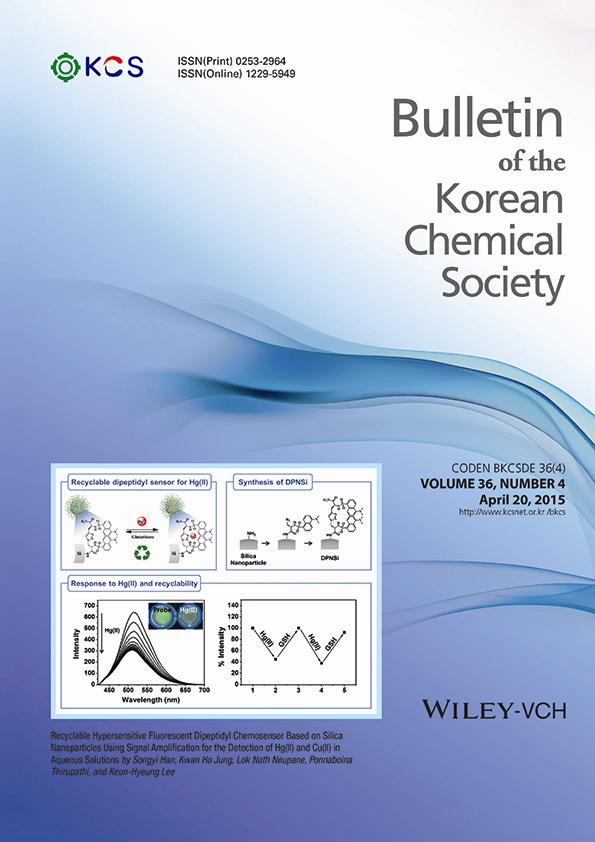Treatment of PCB-Laden Transformer Oil with Polyethylene Glycols and Alkaline Hydroxide
Abstract
The direct disposal of polychlorinated biphenyls (PCBs) in transformer oil by polyethylene glycols (PEGs) under basic condition is reported. The transformer oil containing PCBs was treated by the required amounts of PEGs and potassium hydroxide (KOH) for different reaction times and temperatures. Complete reaction produces aryl PEGs, which are the products of nucleophilic aromatic substitution. The relative efficiencies of the PCB treatment process were assessed in terms of destruction and removal efficiency (DRE, %). At the experimental conditions of 100 °C and 7 h, 125 °C and 3 h, and 150 °C and 1 h, average DREs of PCBs better than 99.9999% were attained. In studying the chemical reaction of PCBs with PEG/KOH, it was confirmed that the process led to less chlorinated PCBs through a stepwise process with the successive elimination of chlorines. Particularly, the least chlorinated PCBs such as mono- and di-PCBs were not produced in our study. Furthermore, the treated transformer oil can be reused through simple segregating procedures.




